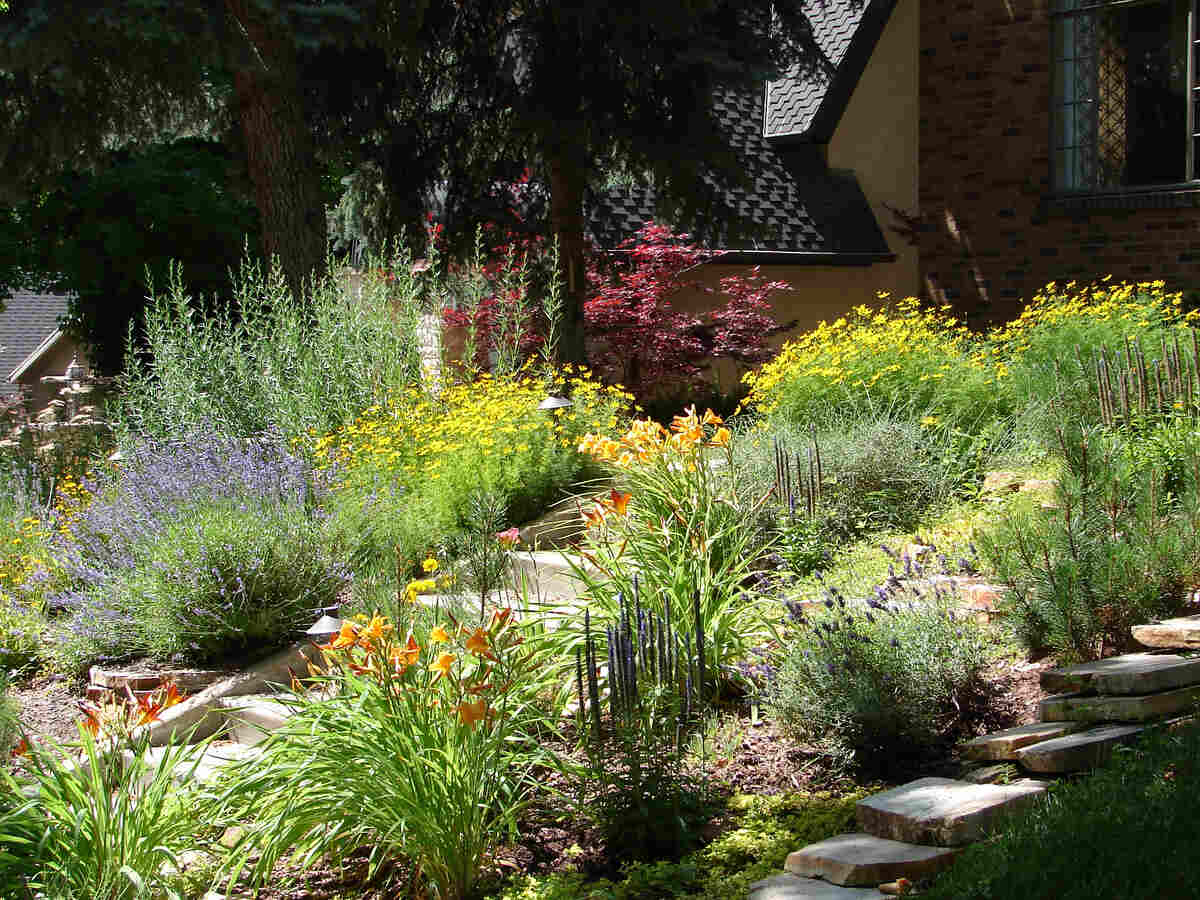
Xeriscape is a landscaping technique that reduces the need for additional watering, a key selling point in Boise’s semi-arid climate. Read on to learn about additional benefits, suitable plants, and useful tips and ideas in this xeriscape guide for Boise homeowners.
With growing environmental awareness, more homeowners are turning to xeriscaping due to its water-saving benefits and use of native plants. This low-maintenance, drought-resistant landscaping method not only offers environmental advantages but can also lower lawn care costs and increase property value. It’s a smart choice for semi-arid climates like Boise.
Xeriscaping: What Does It Mean?
Originating from the Denver Water Department in the 1980s, xeriscaping is an eco-friendly landscaping technique promoting drought-resistant landscapes with minimal water use. It boosts biodiversity and water conservation by replacing lawns with native plants, mulch, boulders, and efficient irrigation.
Since Boise is in a semi-arid locale, saving money on water is a perk many homeowners enjoy. (If you’re wondering about Boise’s current drought status, check out Drought.gov’s Idaho page.)
Benefits of Xeriscaping
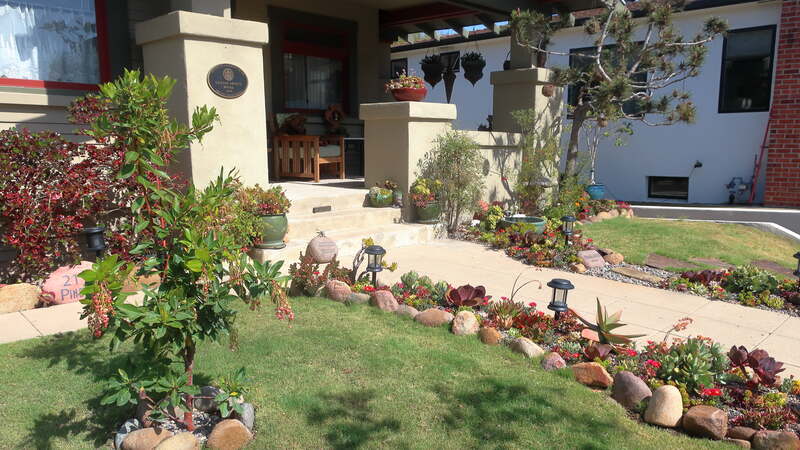
Xeriscaping offers environmental and economic advantages, such as water conservation, pollution reduction, and cost savings, making it ideal for areas with water scarcity and environmentally conscious homeowners.
- Curb appeal: Xeriscaping, which offers a variety of design styles, is both visually appealing and cost-effective in the long-run. It can significantly decrease yard maintenance costs and water use compared to traditional landscaping while improving your curb appeal.
- Eco-friendly: This landscaping method minimizes the need for harmful chemicals such as weed killers and insecticides, making it an eco-friendly grass alternative.
- Habitat diversity: Through xeriscaping, you can provide a variety of habitats for birds, pollinators, and beneficial insects. With a bit of effort, you can even turn your yard into a certified wildlife habitat.
- Low maintenance: Since xeriscaping doesn’t need as much water as turfgrass or mowing, it requires less maintenance compared to traditional lawns. Use ground covers, native grasses, and native plants in your xeriscape as low-maintenance grass alternatives.
- Pest-resistant: Native plants are less susceptible to regional pests and diseases, so less chemical treatment is required. Also, using natural pest control reduces the possibility of runoff and exposure to toxins.
- Water conservation: Xeriscaping can reduce water usage by up to 60% compared to the amount of water required for a traditional lawn or landscape. This is achieved by using drought-tolerant plants and efficient irrigation methods such as rain barrels. Notably, Idaho law has no restrictions on rainwater harvesting.
Xeriscape Landscape Ideas
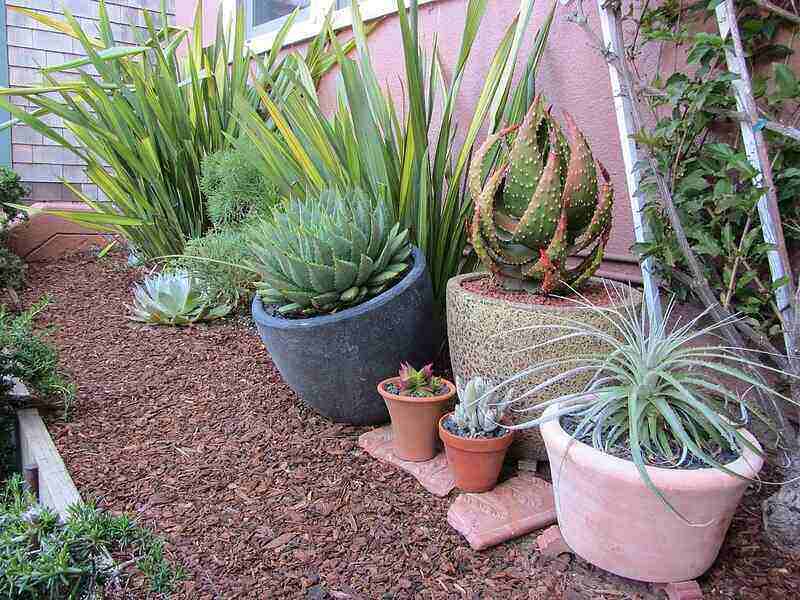
As you plan the design of your Boise xeriscape, consider the following ideas. Rock gardens, native plants, and stone pathways can enhance both the beauty and sustainability of your space while adhering to the principles of xeriscaping.
- Dry creek beds: A dry creek bed can serve as a stunning focal point in a xeriscape garden. It also helps with water drainage during rainy seasons.
- Ground cover: Ground covers such as creeping Oregon grape or kinnikinnick can fill in the gaps between larger plants and rocks. The best ground cover plants prevent soil erosion and reduce the need for watering.
- Plant borders: Use native plants to create borders around your property. They’ll not only add beauty but also attract local wildlife as part of a pollinator garden.
- Rock gardens: Create a rock garden using various sizes and colors of rocks. Landscape with boulders and add a few drought-tolerant plants for a touch of greenery.
- Stone pathways: Gravel and other stone paths are practical and decorative, guiding visitors and reducing mowing and watering chores. Another walkway idea for your yard is to use stone pavers to create easy-to-navigate paths.
- Succulent garden: Succulents are ideal for xeriscaping because of their low water needs. To add visual interest to your landscape, create a succulent garden with plants of various shapes, sizes, and colors.
Xeriscape Materials
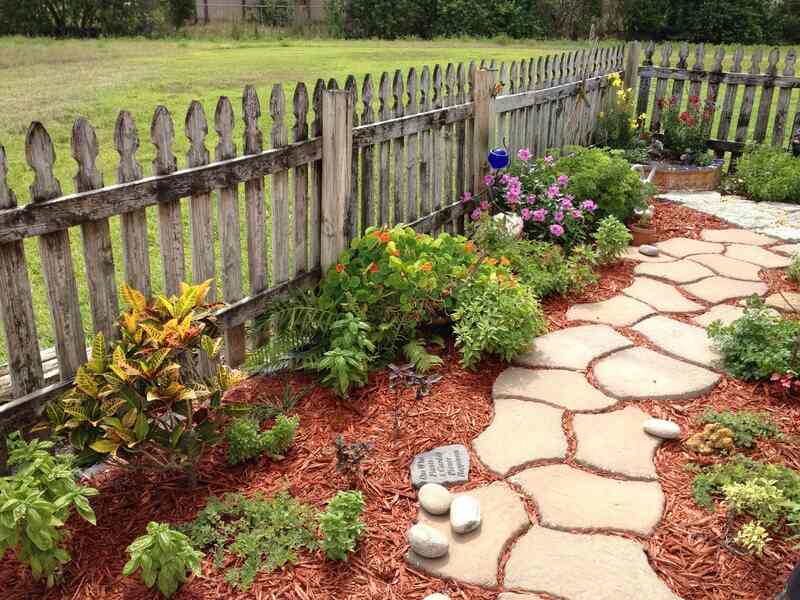
Here’s a list of landscape materials for xeriscaping in Boise. Research different suppliers and compare their prices before purchasing. You may also want to consult with one of the best Boise landscapers to choose suitable materials for your xeriscaping project.
- Native plants: Use big sagebrush, blue flax, yarrow, and other plants for xeriscaping to enhance your landscape. These are well-adapted and require minimal water once established. Incorporating them into your xeriscaping design can help conserve water and support local wildlife.
- Mulch: Mulch is an affordable option that helps retain soil moisture and suppress weeds. Adding it into your xeriscaping design can enhance the landscape’s overall aesthetic, giving it a tidy appearance. The cost may vary depending on where you get mulch in Boise.
- Rocks and pebbles: You can use landscaping rocks in your yard for creating paths, rock gardens, or borders. Rocks and pebbles can help with water retention and erosion control in xeriscaping projects. Additionally, they can add visual interest and texture to your landscape design.
- Efficient irrigation system: A drip irrigation system promotes the efficient use of water. It is typically more cost-effective in the long run than traditional sprinkler systems. Moreover, it can help reduce water waste by delivering water directly to plant roots.
Best Plants for Xeriscaping
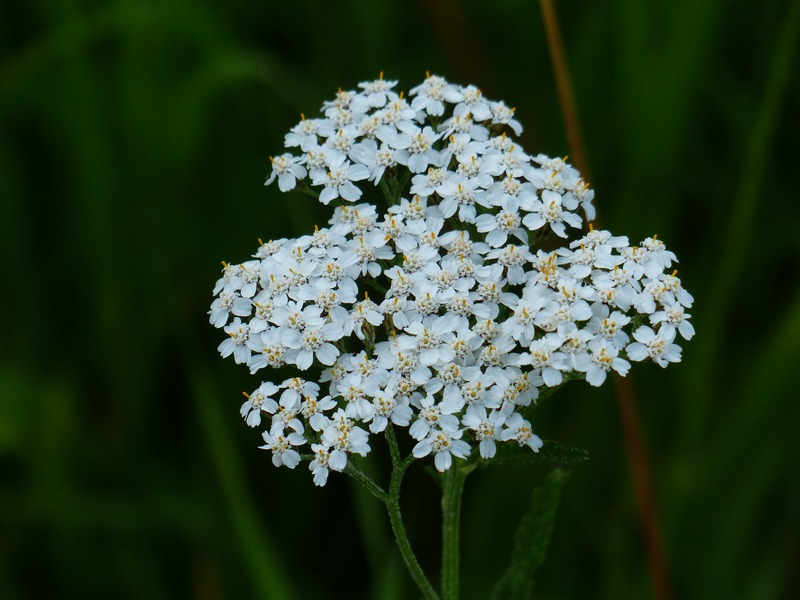
Photo Credit: Pxhere
Boise is suitable for a range of plants, including big sagebrush, beardtongue, and blue flax. In Boise’s semi-arid climate native plants are more drought-resistant, attract pollinators, promote biodiversity and can bloom with beautiful flowers to make your landscape even more beautiful.
Select Idaho native plants that will flourish in Boise’s climate:
- Big sagebrush (Artemisia tridentata): A hardy plant ideal for drought-tolerant landscaping. It thrives in the semi-arid climate of Boise. Its silvery-green leaves serve as a great backdrop for more colorful plants.
- Beardtongue (Penstemon spp.): Beardtongue plants, adorned with vibrant flowers, play a vital role in ecosystems by attracting pollinators like bees and butterflies. Their presence will encourage biodiversity in your yard.
- Blue flax (Linum lewisii): Known for its beautiful blue flowers, blue flax thrives in dry conditions. Its low water requirement and aesthetic appeal make it a popular choice for wildflower gardens and xeriscaping.
- Yarrow (Achillea millefolium): This hardy and versatile plant thrives in various conditions and is drought-resistant. Not only is it used as a flowering perennial to add color to gardens, but it also attracts beneficial insects.
- Idaho fescue (Festuca idahoensis): A native, low-maintenance grass, Idaho fescue thrives in Boise’s semi-arid climate. It’s excellent for xeriscaping due to its minimal water requirement. It’s a good ground cover plant that prevents soil erosion, suppresses weeds, and offers a lush green aesthetic.
Xeriscape Maintenance Tips
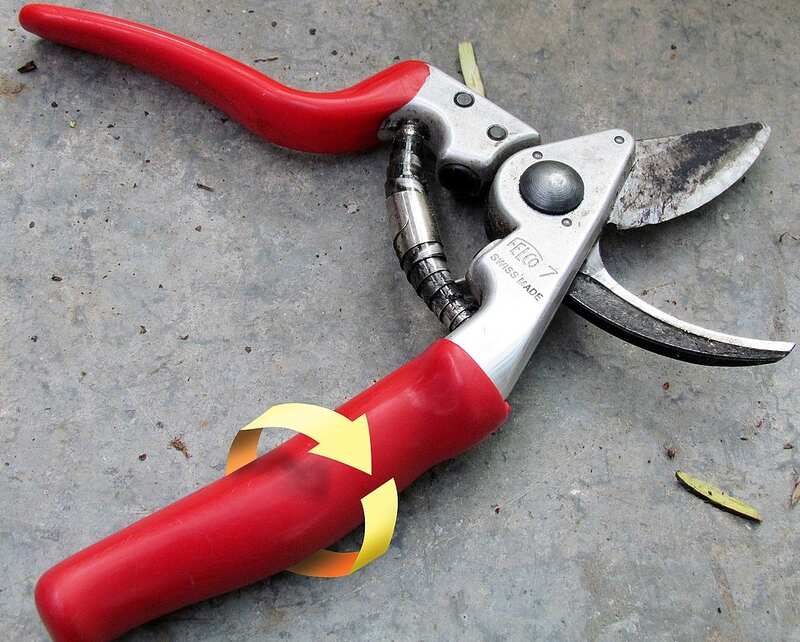
Maintaining a xeriscape in The City of Trees involves regular pruning, seasonal care, and replanting when needed. It also includes monitoring for signs of stress or disease, adjusting the watering schedule according to weather changes, and managing weeds.
Use the following tips as a guide to maintaining your xeriscape in Boise:
- Monitoring: Keep an eye on your plants for any signs of stress, disease, or pests. Early detection can help you address issues before they become severe.
- Pruning: To keep your plants in shape and encourage strong development, prune them regularly. Every plant species has a particular pruning requirement, so find out when and how to prune each one in your yard. Learn more about the ins and outs of basic pruning from our article What is Pruning?
- Replanting: If a plant isn’t thriving in its current location, don’t hesitate to move it to a more suitable spot. Xeriscaping is all about flexibility and working with the natural environment.
- Weed control: Ensure timely removal of weeds as they emerge. Weeds can vie with your plants for essential resources like water and nutrients. To effectively control weed growth, consider using different types of landscaping fabric as a barrier.
- Mulching: Apply mulch regularly to conserve soil moisture, suppress weeds, and regulate soil temperature. You can find mulch in Boise at multiple locations. Popular mulches for xeriscaping include organic mulches like wood chips or pine bark and crushed stone.
- Soil testing: Periodically test your soil to monitor its pH and nutrient levels. This can help you understand what amendments your soil may need to support your plants’ health.
- Fertilizing: Use organic fertilizers to nourish your plants and improve soil fertility. Be sure to choose a product that is suitable for your specific plants and soil conditions to avoid fertilizer burn.
- Seasonal care: Different seasons might require different care. Ensure you winterize your garden by protecting sensitive plants and plan for spring by considering which plants you might want to add.
- Adjust watering: Depending on weather conditions, you may need to adjust your watering schedule. During particularly hot or dry periods, your plants may require more frequent watering.
Pro tip: The best time to water your yard in hot weather is early in the morning, ideally before sunrise. Avoid watering in the late afternoon or evening, as this can lead to water sitting on the plants overnight, which can cause disease.
FAQ: Xeriscapes
How Much Does Xeriscaping Cost?
The cost of xeriscaping in Boise ranges from approximately $5 to $20 per square foot if you hire a pro. Factors such as plot size, types of plants used, materials, irrigation systems, and labor will affect the final bill.
Approximate costs for xeriscaping a 500-square-foot area:
- Average DIY cost: $1,288 – $4,317
- Average pro cost: $3,500 – $9,165
How Long Does It Take to Xeriscape a Yard?
It can take one to two weeks to complete xeriscaping for a medium yard, depending on the square footage and landscaping features.
Are There Downsides to Xeriscaping?
If you are thinking of getting rid of your lawn, understand there are a few cons to xeriscaping:
- Initial costs can be high.
- Leaves from nearby trees can be hard to rake on rocks.
- The “air conditioning” effect of a lawn is lost.
- Less grass means less surface area for pets and kids to run on.
To learn more about planting grass in Idaho, check out these articles before you tell your turf goodbye:
When to Call a Pro
Xeriscaping offers Boise homeowners an eco-friendly and sustainable landscaping solution. By using native plants, coupled with careful design and planning, homeowners can establish attractive, sustainable landscapes that save water and nurture local ecosystems. For a hassle-free xeriscape, consider hiring a local Boise landscaper who specializes in xeriscaping.
Source:
Main Image Credit: Shutterstock